All information about the project can be found on github, but for convenience, here are some details.
Features
- Single NodeMCU device can control many curtain motors (assuming all of them are wired with this NodeMCU device), and these motors can be added/configured via the web interface;
- Ability to send raw commands to RS-485 (optionally appended with the generated CRC16) from the web interface (RS-485 tab);
- The motor address may be assigned using web interface (RS-485 tab), so no other hardware/software is required to initialize the motors;
The following features are derived from the platform on which project is based:
- Wi-Fi connection (such as setting up an access point, or using an existing Wi-Fi network) can be set up via the web interface;
- NodeMCU device hosts HTTP server locally, no third-party services are used and no Internet access is required;
- There is a built-in IDE for editing the software via the web interface (you can hack the software at runtime to add new features);
- Responsive Web UI (usable from smartphones);
- NodeMCU version agnostic (software can work on NodeMCU 1.5.4.1 - 3.0.0).
Web interface overview:
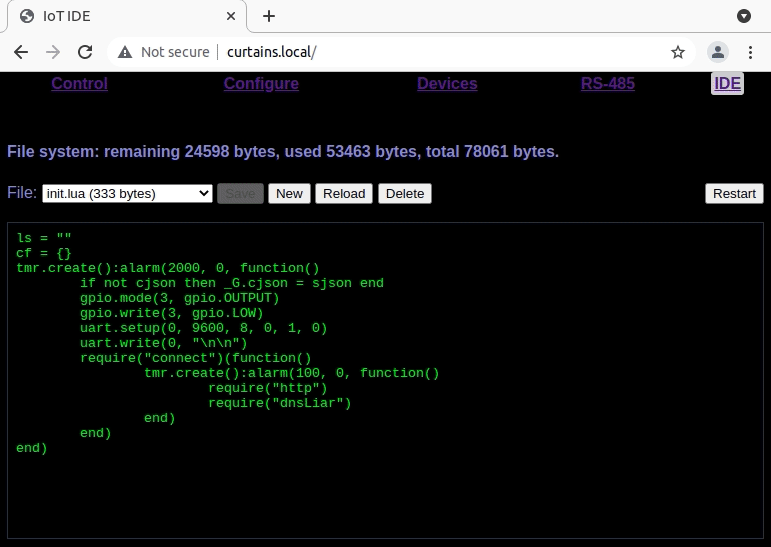
NodeMCU to RS-485 interface
This device allows NodeMCU hardware (implemented on any of the chips: ESP8266, ESP8285 and ESP32) to communicate with devices over RS-485 interface. The RS-485 interface is implemented using the SP3485 chip, as it can be powered by 3.3V (as required by ESP-01). Here is the schematic diagram (if using the simplest ESP-01 module and an existing 5V power supply):
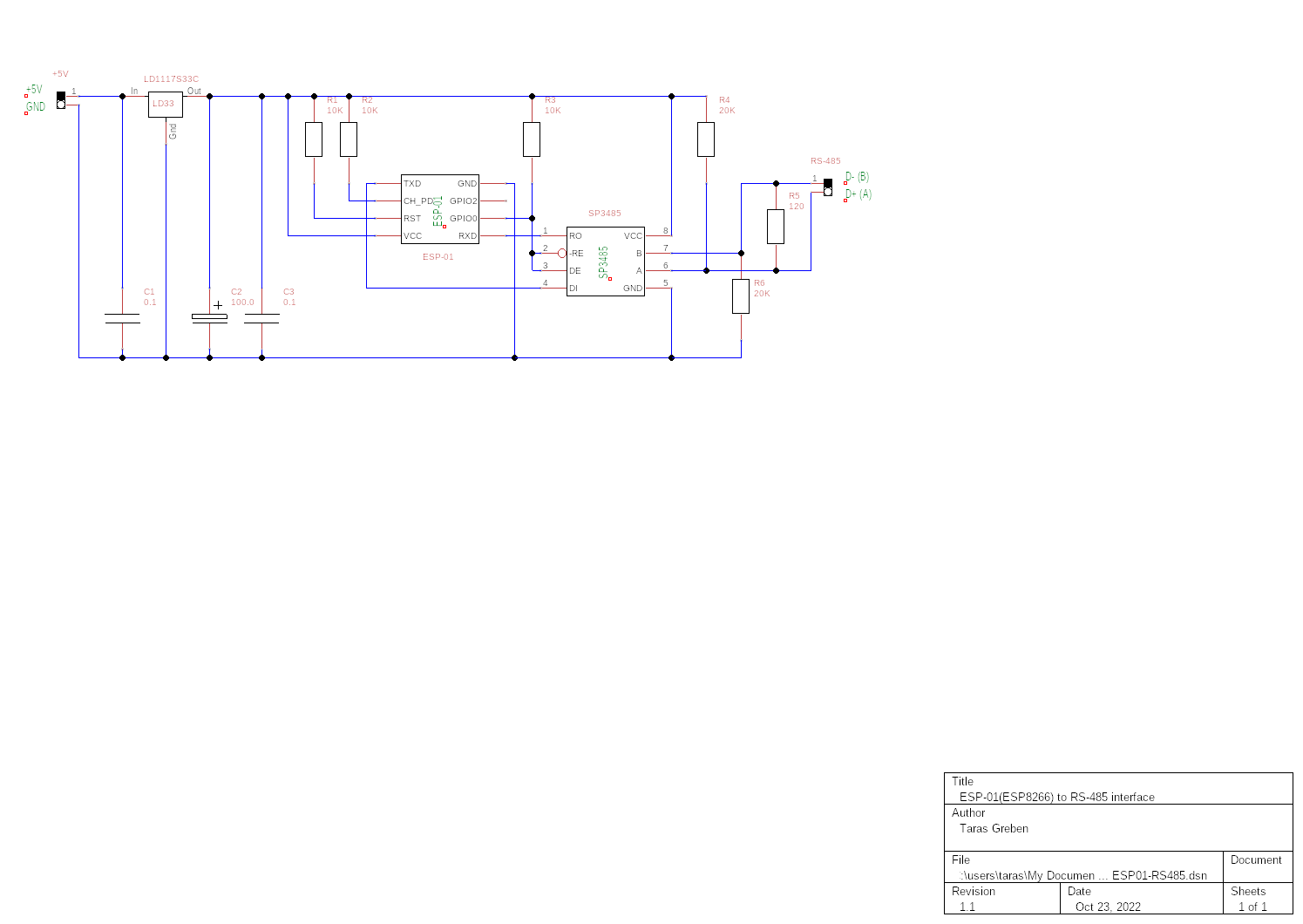
 dev-lab
dev-lab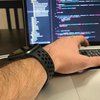

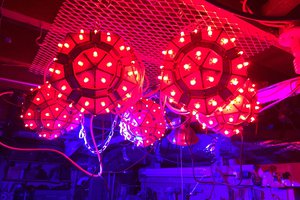
 Adam Phelps
Adam Phelps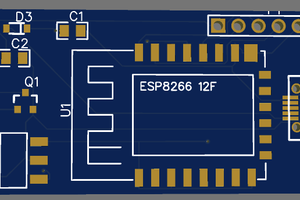
 Dimitar Ivanov
Dimitar Ivanov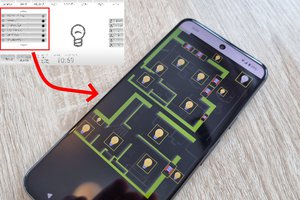
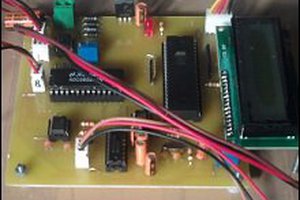
Hi there!
Cool project) Are you going to open the source code without JS obfuscation? I'm interested in transferring it to Arduino